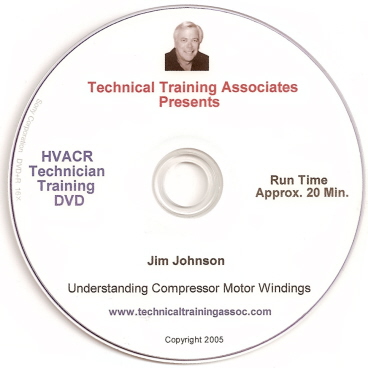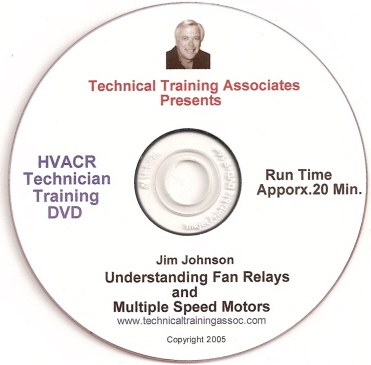Copper Vs. Aluminum Windings in Motors
In the 1960s, aluminum house wiring was the subject of much attention because of the apparent fire hazards it created. It turned out that the cause of these house fires was not the wire itself, but rather connection problems. The junctions would become so hot, the heat would transfer to the wire itself, eventually deteriorating the wire insulation.
Consequently, all forms of aluminum wire received a bad rap. This is unjustified; aluminum can be a perfectly good material for motor windings in many applications. There are, however, two factors to keep in mind.
Conductivity and Connections
First, aluminum’s conductivity is lower than copper’s. To compensate, aluminum magnet wire must have larger cross-sections than the equivalent copper wire to offer the same conductance.This means windings wound with aluminum wire will likely have greater volume compared with an equivalent copper wire motor.
The second consideration is properly connecting the ends of the aluminum magnet wire. The reason for this goes back to your high school chemistry course. You may remember that aluminum oxidizes much faster than other metals. In fact, if exposed to air, powdered aluminum will completely oxidize in a few days, forming a fine white powder.
But, when exposed to air, fabricated aluminum (sheets, wire, etc.) tends to form a hard, insulating oxide layer that stops the oxidizing process.
Piercing
To make a proper connection that ensures conductivity, the oxide layer of the aluminum magnet wire must be completely pierced in such a way to prevent air from coming in any further contact with the aluminum.Motor manufacturers have developed high-pressure, piercing crimp connectors to do the job. These improved connection methods have helped make motors with aluminum windings as reliable as motors with copper windings.
It must be pointed out that motor efficiency is much more complicated than the great copper vs. aluminum debate. It is possible to match the power performance of a motor wound with aluminum to a motor wound with copper.
But since aluminum requires more turns and/or a larger diameter wire, this may not always be economically feasible in some applications. In situations where efficiency and volume are not issues (such as where the motor only has to work occasionally or for very short periods of time), aluminum magnet wires make an acceptable motor.
The bottom line is that, in terms of motor quality, reliability, and life span, comparisons are fair as long as you keep efficiency issues apart when looking at aluminum vs. copper.
Simon is with A.O. Smith Corp., P.O. Box 245010, Milwaukee, WI 53224-9510.
Publication date: 01/22/2001








